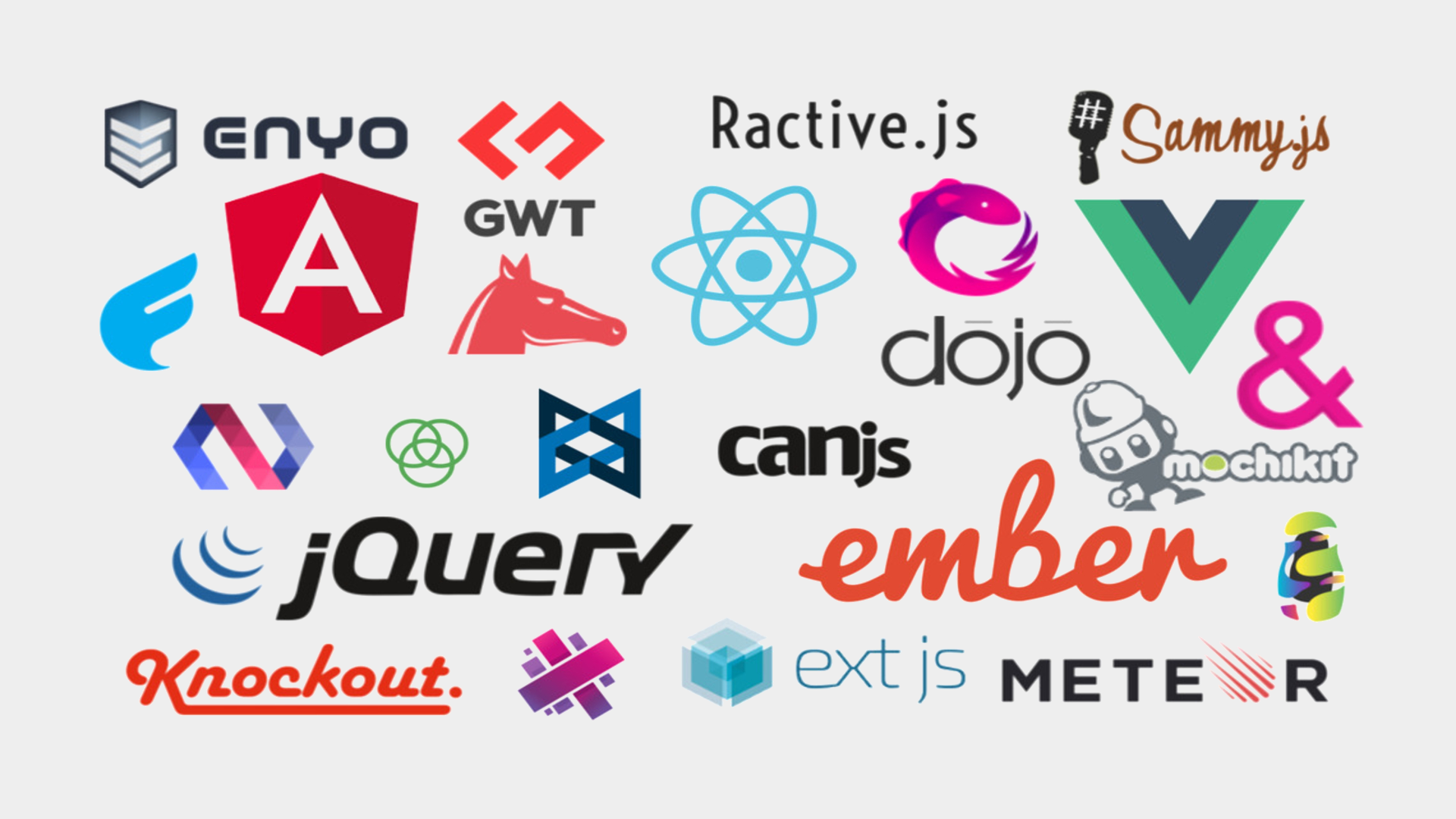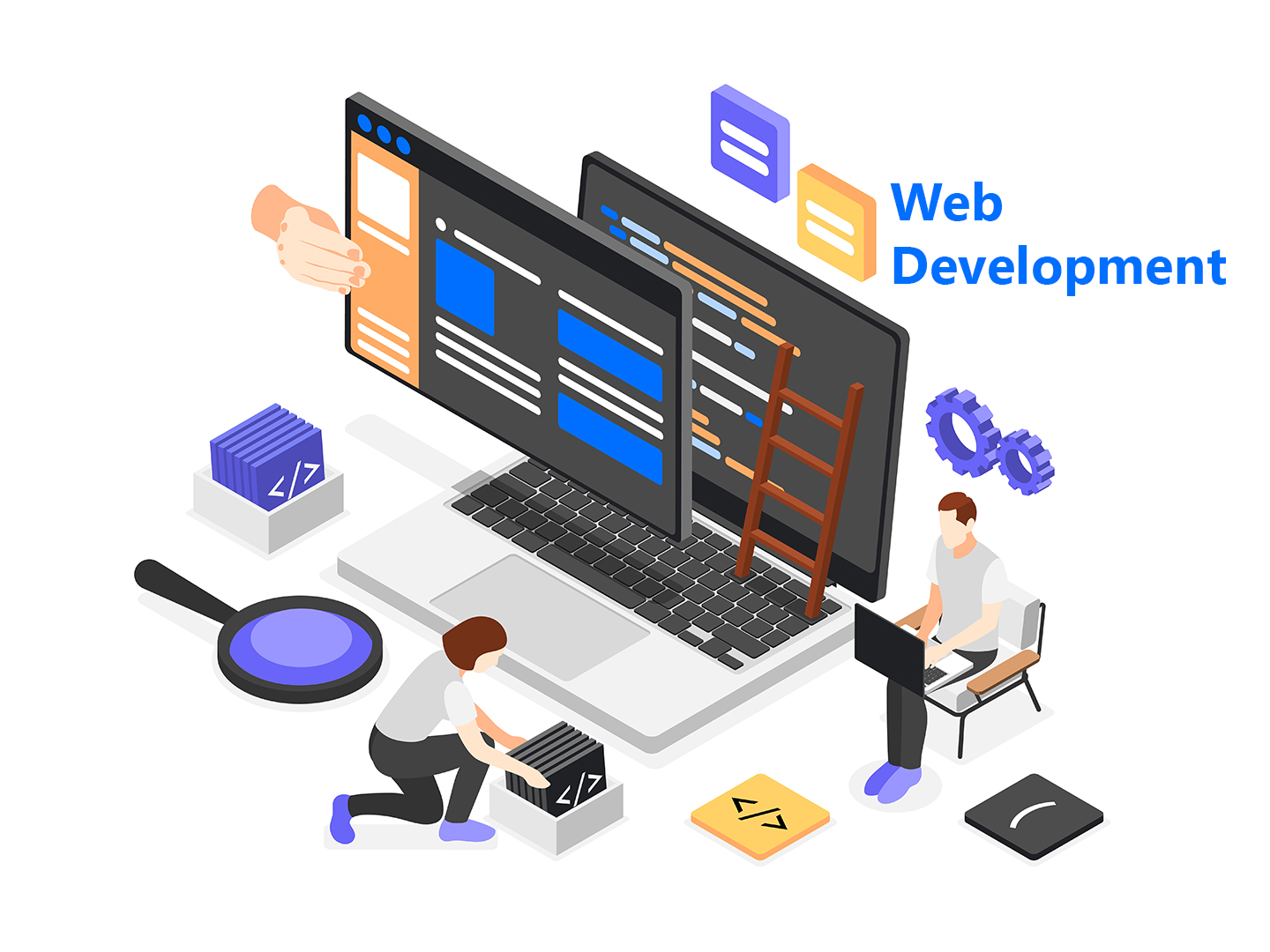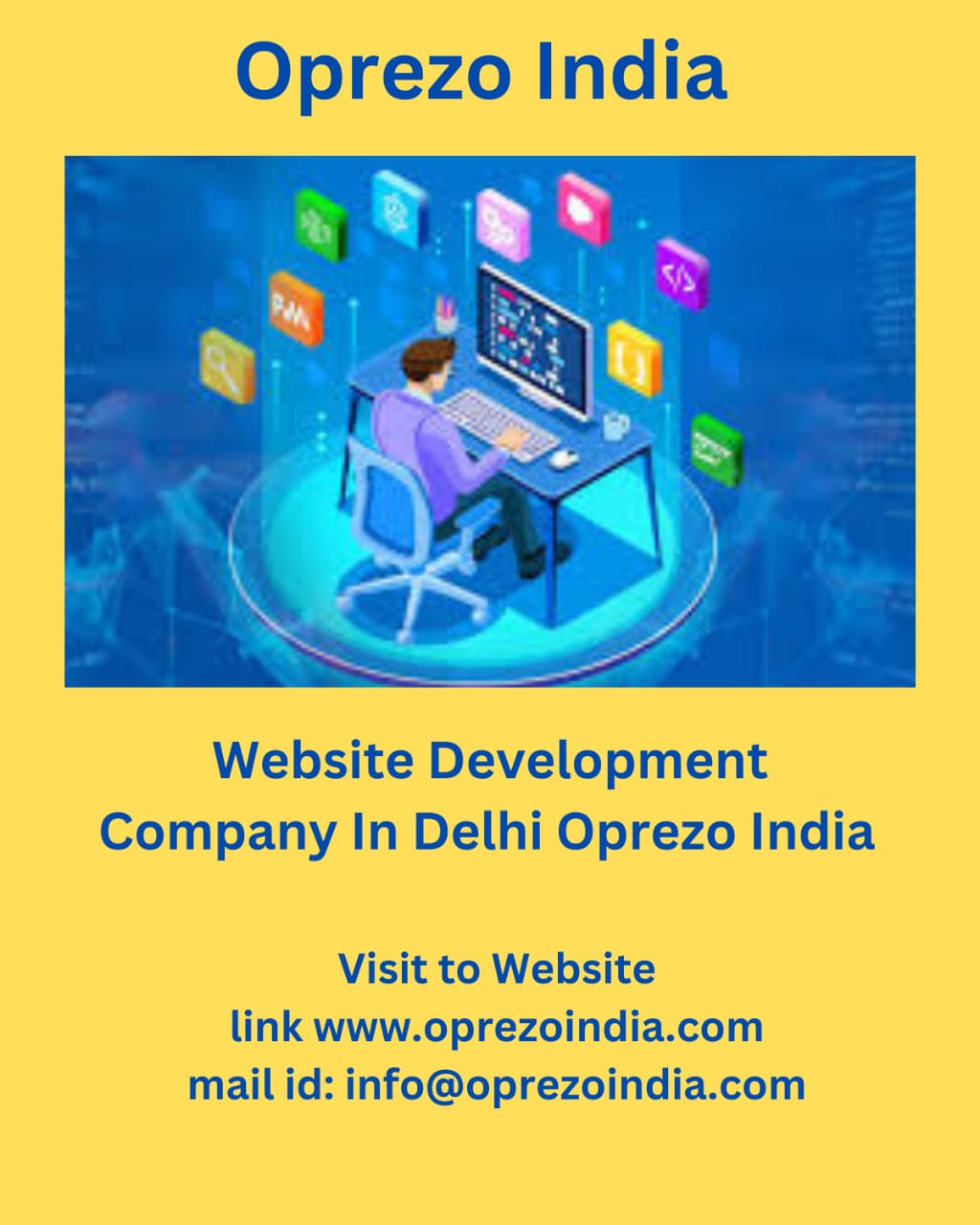
In today’s fast-paced digital era, front-end technologies play a pivotal role in the creation
and maintenance of user interfaces for websites and applications. These technologies not
only enhance the user experience but also contribute significantly to the overall
performance of digital products. Below is a comprehensive list of the most influential
front-end technologies in 2024 that developers should be familiar with.
HTML5 stands as the cornerstone of front-end development. This latest version of
Hypertext Markup Language is more robust, offering new elements, behaviors, and
attributes that empower developers to create more dynamic and interactive web content.
Key features include:
• Improved Semantics: Enhanced meaning to web content.
• Multimedia Support: Native support for audio and video elements.
• Offline Capabilities: Through the use of local storage.
CSS3 (Cascading Style Sheets) is crucial for the styling and layout of web pages. It
provides several advanced features that enable developers to create visually appealing
and responsive designs.
Important aspects include:
• Responsive Design: Media queries allow for adaptable layouts across different
devices.
• Animations and Transitions: Enrich user interactions with smooth visual effects.
• Grid and Flexbox: Advanced layout models for precise alignment and spacing.
JavaScript remains an indispensable scripting language for front-end development.
It allows developers to implement complex features on web pages, including:
• DOM Manipulation: Dynamic alteration of web page content.
• Event Handling: Managing user interactions efficiently.
• APIs Integration: Seamless integration with various web services.
React.js, developed by Facebook, is a popular JavaScript library for building user
interfaces, especially single-page applications.
It offers:
• Component-Based Architecture: Reusable components for efficient
development.
• Virtual DOM: Enhanced performance through optimized rendering.
• Hooks: Improved state and lifecycle management within functional components.
Angular, maintained by Google, is a powerful framework for building dynamic web
applications.
It includes:
• Two-Way Data Binding: Synchronizes data between model and view.
• Dependency Injection: Enhances modularity and testability.
• Comprehensive Toolkit: Integrated tools for routing, HTTP client, and more.
6. Vue.js
Vue.js is a progressive JavaScript framework that has gained significant traction due to its
simplicity and flexibility.
Key features include:
• Reactive Data Binding: Efficient data synchronization.
• Single File Components: Encapsulation of HTML, CSS, and JavaScript.
• Ease of Integration: Can be used for both single-page applications and existing
projects.
7. TypeScript
TypeScript is a superset of JavaScript that introduces static typing, making code more
robust and maintainable.
It is particularly beneficial for large-scale projects due to:
• Type Annotations: Clear definition of variables and function returns.
• Early Error Detection: Compile-time checks to catch errors early.
• Enhanced Tooling: Better support from IDEs and refactoring tools.
8. SASS
SASS (Syntactically Awesome Stylesheets) is a CSS preprocessor that extends CSS with
features like variables, nested rules, and mixins, resulting in more maintainable and
scalable stylesheets.
Advantages include:
• Variables: Store CSS values in reusable variables.
• Nesting: Hierarchical representation of CSS rules.
• Mixins: Reusable chunks of CSS.
9. Bootstrap
Bootstrap is a front-end framework that provides pre-designed components and a
responsive grid system, enabling developers to create mobile-first web applications
quickly.
Notable features are:
• Responsive Grid System: Flexible layout design.
• Pre-designed Components: Ready-to-use UI components like buttons, forms, and
navbars.
• Customization: Easy customization with SASS variables and mixings.
10. jQuery
jQuery simplifies JavaScript programming by providing a user-friendly API that works
across different browsers.
Despite the rise of modern frameworks, jQuery remains relevant
due to:
• Simplified DOM Manipulation: Easy manipulation and traversal of the DOM.
• Event Handling: Streamlined handling of user interactions.
• Ajax Support: Simplified asynchronous HTTP requests.
11. Webpack
Webpack is a powerful module bundler for JavaScript applications. It transforms front-end
assets like HTML, CSS, and images into modules that can be loaded on-demand.
Key benefits include:
• Code Splitting: Improved loading times by splitting code into smaller chunks.
• Loaders and Plugins: Extend Webpack’s capabilities for preprocessing files.
• Hot Module Replacement: Enhances development experience by updating
modules without a full page reload.
12. Babel
Babel is a JavaScript compiler that allows developers to use the latest JavaScript features
by trans piling ES6+ code to ES5. This ensures compatibility with older browsers.
Important features are:
• ES6+ Syntax Support: Use modern JavaScript syntax.
• Polypills: Automatically include polypills for new functionalities.
• Plugin System: Extend Babel’s capabilities with various plugins.
13. Tailwind CSS
Tailwind CSS is a utility-first CSS framework that provides low-level utility classes to build
custom designs directly in the markup.
Benefits include:
• Utility-First Approach: Design directly in the HTML.
• Customization: Easily customize with configuration files.
• Responsive Design: Built-in support for responsive design principles.
14. Ember.js
Ember.js is an opinionated framework for building ambitious web applications.
It emphasizes convention over configuration and offers:
• Convention-Based: Reduces boilerplate code with sensible defaults.
• CLI Tooling: Powerful command-line interface for productivity.
• Templating Engine: Handlebars.js for building dynamic views.
15. Foundation
Foundation is a responsive front-end framework designed by Zurb. It provides a flexible
grid system and various UI components, making it suitable for both prototyping and
production. Highlights include:
• Responsive Grid: Fluid grid for responsive designs.
• Pre-built Components: A variety of ready-to-use UI elements.
• Accessibility: Built with accessibility in mind.
In conclusion, the landscape of front-end technologies is continuously evolving, offering
developers a plethora of tools and frameworks to enhance their web development
process. Staying updated with these technologies not only improves efficiency but also
ensures the creation of high-performing, user-friendly web applications
 Best Mobile App Development Company in Delhi NCR | Oprezo India
Best Mobile App Development Company in Delhi NCR | Oprezo India
 Top Web Development Services in Delhi/NCR | Oprezo India – React JS, Angular JS, eCommerce & More
Top Web Development Services in Delhi/NCR | Oprezo India – React JS, Angular JS, eCommerce & More
 Top Mobile App Development Company in Delhi / NCR | Oprezo India
Top Mobile App Development Company in Delhi / NCR | Oprezo India
 Mobile App Development in Delhi - Android, iOS, Hybrid & Flutter | Oprezo India
Mobile App Development in Delhi - Android, iOS, Hybrid & Flutter | Oprezo India
 Why Oprezo India is the Best Web Development Partner in Delhi NCR?
Why Oprezo India is the Best Web Development Partner in Delhi NCR?